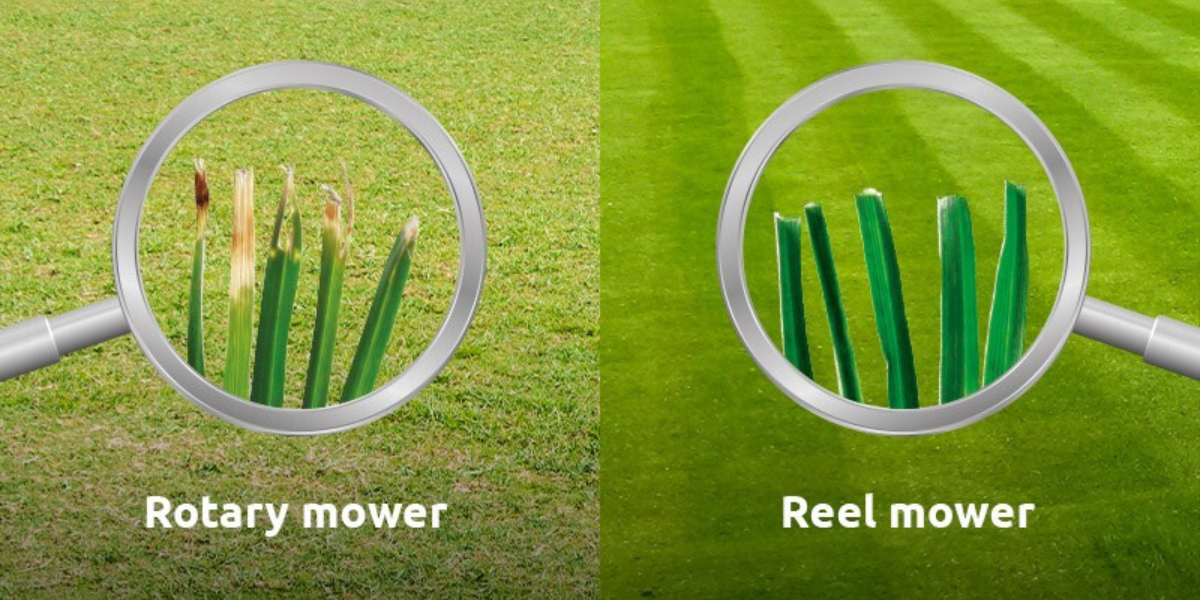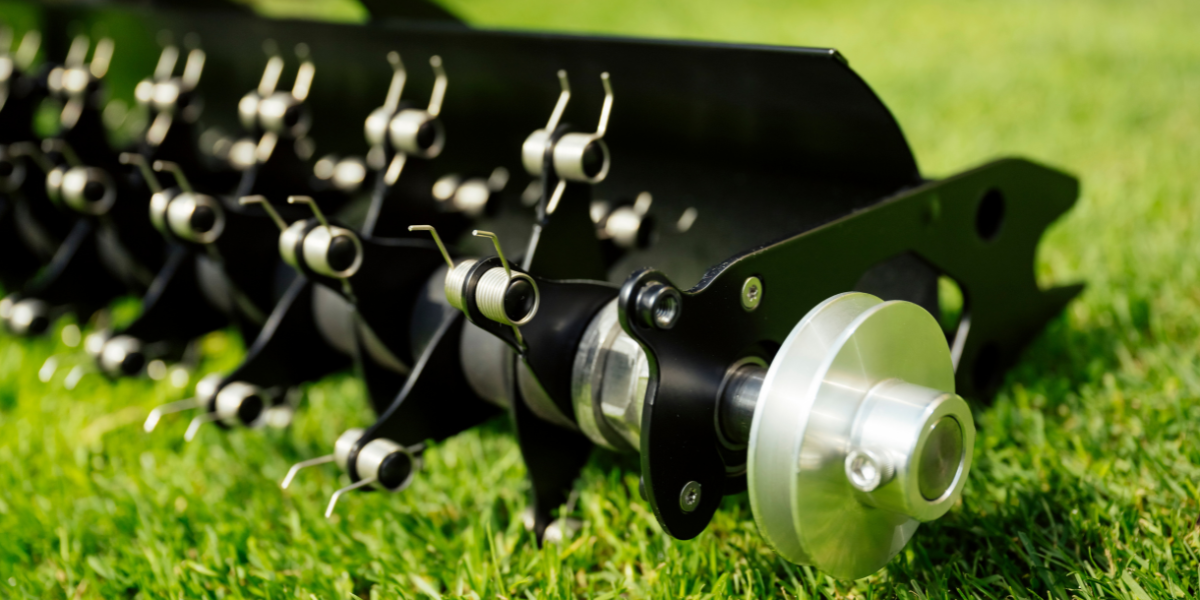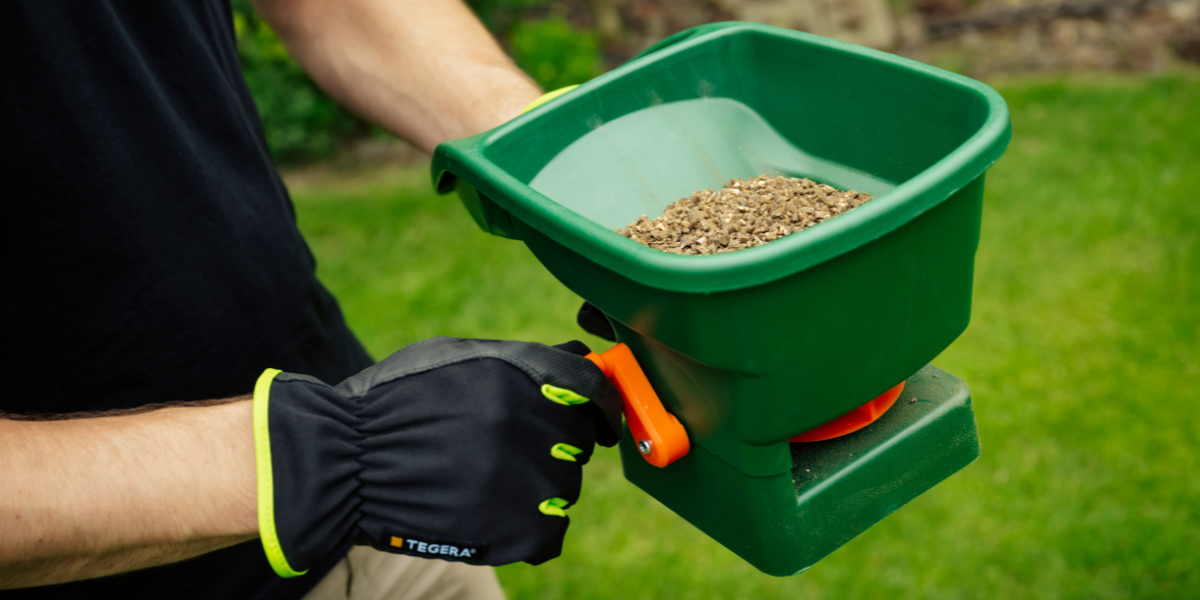How to Start with a Reel Mower?
Thinking about switching to a reel mower, but your lawn is still far from perfect – patchy, thin, trampled, or full of moss? Don’t worry. In this guide, we’ll show you how to get started the right way. A reel mower is a powerful tool in your lawn care arsenal, but it’s only one piece of the puzzle.
Take a Good Look at Your Lawn
Before diving in, take a moment to assess your lawn objectively. Do you see yellow patches from pet urine? Dry or bare spots? Is the grass thin, uneven, or overrun by moss and weeds?
If the answer is yes, that doesn’t mean you can’t have a beautiful lawn – it just means your lawn needs a bit of preparation before you roll out your reel mower. Even neglected lawns can be revived. All it takes is the right plan.
A Reel Mower Isn’t a Magic Fix – But It’s a Game Changer
Choosing a reel mower is a great step toward a healthier, more beautiful lawn. Unlike rotary mowers, which cut with a fast-spinning horizontal blade that tears and frays the grass, reel mowers cut like scissors. This clean, precise cut helps the grass heal faster, grow thicker, and develop a deeper green color. It’s gentler, more effective, and leads to a noticeably healthier lawn.
That said, no mower – not even the best one – can fix a poor foundation. For top results, your lawn needs to be in shape too.
How to Prep a Lawn That’s Not in Great Shape
If your lawn hasn’t been maintained for a while, start by clearing it out. Remove dead grass, old clippings, and thatch using a rake, dethatcher, or – if you already own a Swardman mower – a scarifier cartridge.
Next, aerate the lawn to break up compacted soil and improve water absorption and root growth. You can use manual aerator forks or a spike aerator. Once aerated, topdress the lawn with silica sand. This helps even out the surface and promotes healthier drainage and smoother mowing later on.

Then, overseed the bare or sparse areas using high-quality grass seed suited to your climate and lawn usage (pets, kids, sports, etc.). Lightly cover the seed with a thin layer of topsoil or compost to protect it and retain moisture.
When to Start Mowing
Once the new grass reaches about 1.5–2 inches, you can start mowing – ideally with your reel mower.Begin with a higher mowing height (around 1.2 inches), and lower it gradually as the lawn gets thicker and stronger.

The key difference with reel mowing is frequency. Reel mowers are made for regular, gentle mowing – ideally two to three times per week. This promotes a dense, healthy lawn that naturally resists weeds and drought stress.
Don’t Just Mow – Feed Your Lawn
A lush lawn doesn’t grow on water alone. It needs nutrients, especially after seeding or renovation. Use a slow-release lawn fertilizer that delivers balanced nutrition over time.Look for products that include beneficial microbes to support healthy soil life – this can make a huge difference in overall lawn health

Water deeply and less frequently – ideally twice a week. Shallow, daily watering only wets the surface, while deep watering encourages strong roots. The best time to water is early in the morning.
Final Thoughts: A Great Lawn Takes Time – But It’s Worth It
Switching to a reel mower is one of the best things you can do for your lawn. But to get the results you see in our customer photos or transformation stories, you need to start with the basics: renovation, overseeding, nutrition, and consistent care.At Swardman, we’re here to help. From top-quality mowers to expert tips and customer support, we’ve got your back every step of the way. Invest the time and effort, and your lawn will reward you – blade by blade.
